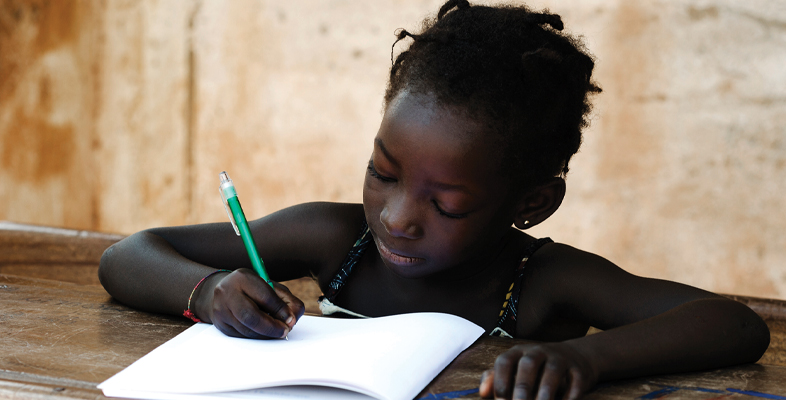2.1 Different purposes of comparative education studies
Education is a rich site for comparative study because, as the comparativist Harold Noah noted, it is the ‘touchstone’ of any society (Noah, 1986, pp. 553–4): a standard by which a society is judged, where we find its core values embedded, and where such values may be examined and challenged. The comparative scholar Mark Bray has written about the different actors and the wide and varied purposes of comparative education studies, for instance:
- Parents commonly compare schools and systems of education in search of the institutions which will serve their children’s needs most effectively.
- Practitioners, including school principals and teachers, make comparisons in order to improve the operation of their institutions.
- Policy makers in individual countries examine education systems elsewhere in order to identify ways to achieve social, political and other objectives in their own settings;
- International agencies compare patterns in different countries in order to improve the advice they give to national governments and others.
- Academics undertake comparisons in order to improve understanding of both the forces which shape education systems and processes in different settings, and of the impact of education systems and processes on social and other development.
A sixth important purpose of comparative studies is to improve knowledge and skills for effective teaching that will help children reach their full potential.
